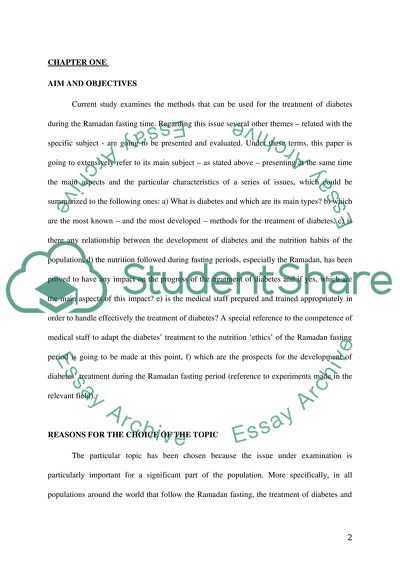Cite this document
(“Treatment Of Diabetes During The Ramadan Fasting Time Essay”, n.d.)
Treatment Of Diabetes During The Ramadan Fasting Time Essay. Retrieved from https://studentshare.org/religion-and-theology/1539822-treatment-of-diabetes-during-the-ramadan-fasting-time
Treatment Of Diabetes During The Ramadan Fasting Time Essay. Retrieved from https://studentshare.org/religion-and-theology/1539822-treatment-of-diabetes-during-the-ramadan-fasting-time
(Treatment Of Diabetes During The Ramadan Fasting Time Essay)
Treatment Of Diabetes During The Ramadan Fasting Time Essay. https://studentshare.org/religion-and-theology/1539822-treatment-of-diabetes-during-the-ramadan-fasting-time.
Treatment Of Diabetes During The Ramadan Fasting Time Essay. https://studentshare.org/religion-and-theology/1539822-treatment-of-diabetes-during-the-ramadan-fasting-time.
“Treatment Of Diabetes During The Ramadan Fasting Time Essay”, n.d. https://studentshare.org/religion-and-theology/1539822-treatment-of-diabetes-during-the-ramadan-fasting-time.


